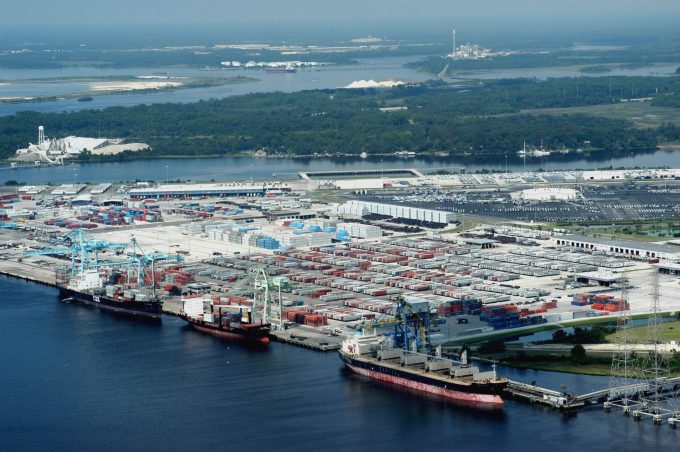Carriers warn of cargo disruption due to strikes at Munich Airport
Lufthansa Cargo (LC) has warned customers that strikes tomorrow and Friday at Munich Airport (MUC) ...

A US east and Gulf coast port strike “looks certain” for 1 October, as talks between the International Longshoremen’s Association (ILA) and employers the US Maritime Alliance (USMX) flounder over wages increases and terminal automation.
Last week, the USMX said: “While there are fewer than three ...

Comment on this article